commentary Commentary
Commentary: As ice caps melt, Singapore a hot spot for sea-level rise
Global warming doesn't only just lead to higher sea levels, it also changes which places see a disproportionate rise in sea levels, says Earth Observatory of Singapore's Benjamin Horton.
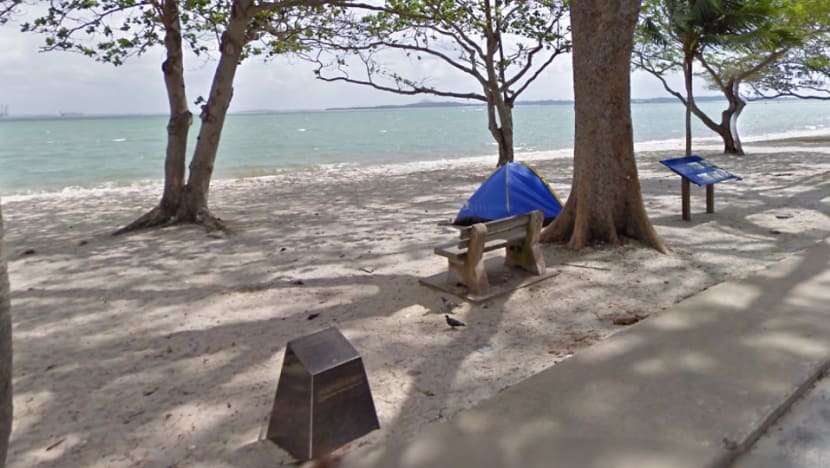
Screengrab from Google Maps showing Changi Beach Park.
SINGAPORE: Prime Minister Lee Hsien Loong’s National Day Rally speech on Sunday (Aug 18) warned of a future where East Coast Park and the beach was no more. It was totally gone and in its place was nothing but seawater.
Why is the Prime Minister so concerned? Global sea level rose faster in the 20th century than in any of the 27 previous centuries, and observations and projections suggest that it will rise at a higher rate during the 21st century.
THE CONSEQUENCES OF RISING SEA LEVELS
At this rate, the ocean could be above 1m higher than today by 2100. Here’s what that amount of extra water could mean in terms of probable events unfolding over the next 80 years:
- As many as 216 million people displaced.
- Seawater moving inland, contaminating aquifers and agricultural soil.
- Fish, bird and plants losing their habitats.
- Floods on a scale that once occurred every 500 years averaging every five years instead.
- Bigger storms with more powerful storm surges.
- Low-lying islands completely submerged.
- Weather patterns becoming more unpredictable.
- Increased shortages of food and water.
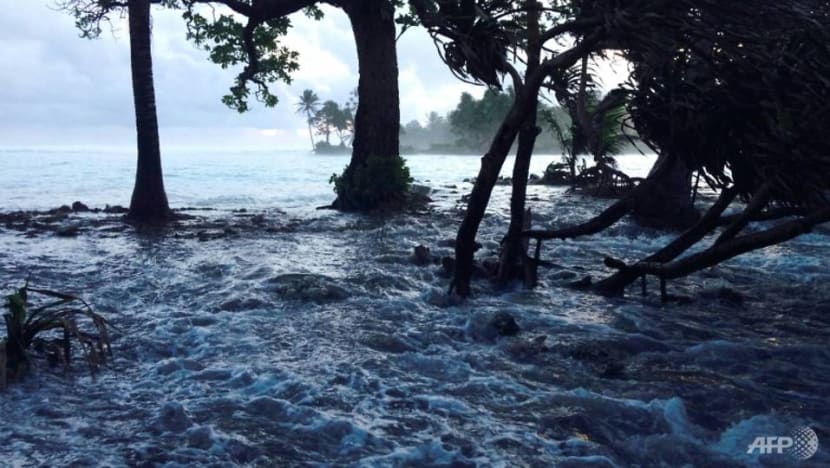
THE CRISIS WE FACE
I am very worried about climate change and sea-level rise. I have spent the last 25 years studying the mechanisms that have determined sea-level changes in the past, and how they will shape such changes in the future.
Fundamental to this aim is bridging the gap between short-term instrumental records and long-term geological reconstructions and model predictions.
We have unequivocally shown that the rate of sea-level rise is greater now than at any time in the past 2,700 years.
READ: Commentary: The ocean is changing – it’s getting more acidic
What’s more, the Earth Observatory of Singapore has found a consistent link between changes in the average global surface temperature and sea level over the same period.
Climate isn’t a pendulum and Earth has had periods of ice and heat before, but this is different. Our Earth, the only place we have to live, is being altered by our fossil-fuel-driven industry. We are creating a planet where flooding will become more common and more destructive for the world’s coastal cities.
The Earth's average global temperature has risen by 1 degrees Celsius since the 1880s. Decades of data show a long-term uptick in the release and build-up of carbon dioxide and other greenhouse gases in the atmosphere which is trapping heat and warming up the land, oceans, and atmosphere and the sea levels are rising.
READ: Commentary: Our world is getting hotter, faster
SWALLOWED UP
Global sea-level rise is one of the more certain impacts of human-induced global warming. Rising seas are posing a threat in the Maldives, where more than 90 inhabited islands are experiencing annual flooding.
In the Pacific, five of the Solomon Islands have disappeared already, swallowed up by the ocean.
Closer to home, Cua Dai Beach near the magical Vietnamese town of Hoi An reportedly has several resorts on the brink of collapse and two newly-built resorts never opened because of erosion.
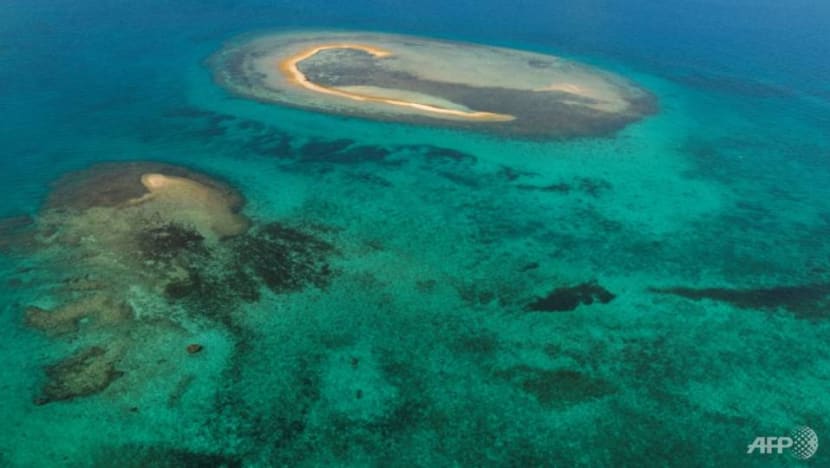
Global warming affects sea level in two ways. About a third of its current rise comes from thermal expansion — when water grows in volume as it warms. The rest comes from the melting of ice on land.
So far it’s been mostly mountain glaciers, but the big concern for the future is the giant ice sheets in Greenland and Antarctica. If all the ice in Greenland melted, it would raise sea levels by 7m.
Antarctica has enough water to raise sea-levels 65m. That’s more than a third of the height of the Singapore flyer and 7 times the height of the Merlion statue. And you only need to melt a few per cent of the Antarctic ice sheet to cause devastating impact.
Satellite-based measurements of the Greenland and Antarctic ice sheets show that this melting is accelerating.
For example, Greenland's glaciers went from dumping only about 51 billion tonnes of ice into the ocean between 1980 and 1990, to losing 286 billion tonnes between 2010 and 2018.
SINGAPORE A HOT SPOT FOR SEA-LEVEL RISE
The amount of sea-level rise will vary from place to place. Regional sea-level trends include land subsidence or uplift due to geological processes, the influence of ocean currents and gravity.
The relative influence of these regional factors determines whether rates of local sea-level change are higher or lower than the global average, and by how much.
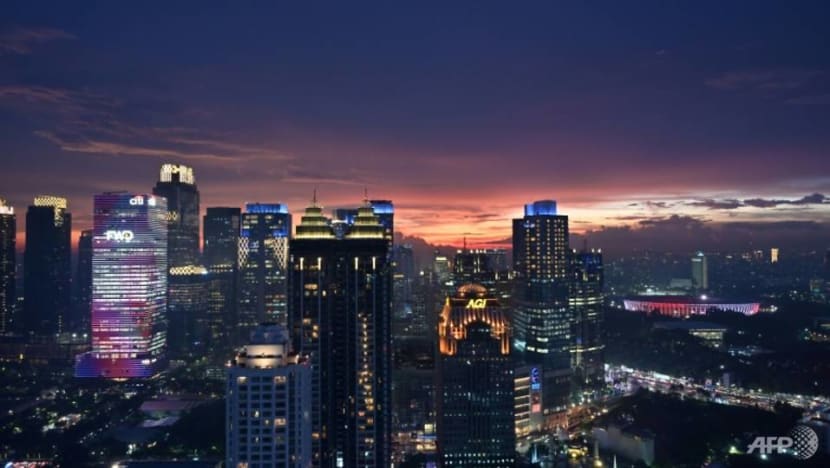
One of these hotspots is Singapore. Because Greenland and Antarctica are so large they exert a significant gravitational pull on water, which means that all the water on the planet is drawn towards the poles.
As the ice melts, however, the force of this pull to the poles weakens. This means more water is drawn to the equator instead.
So, when ice caps melt, a place such as Singapore, which sits almost on the equator, will actually get much more than its regular share of water - about 30 per cent more.
READ: Commentary: As time runs out on the climate crisis, Singapore prepares to address the cost of adapting
As PM Lee said, Singapore has already taken action to reduce carbon emissions, introducing a wide variety of efforts.
The Government also announced in March that it will start a National Sea Level Programme this year to bring together research expertise and better understand how rising sea levels will impact Singapore.
TIME TO ACT BOLDLY
Individual governments, although signed up to various international agreements, still show reluctance to take actions on the scale and with the urgency necessary. Hopefully PM Lee’s speech will change the dialogue.
READ: Commentary: We are on the cusp of a plastic recycling revolution
But for Singapore to decide on the path forward requires robust accurate local projection of sea-level rise. Singapore must invest in the science of sea-level rise before it spends S$100 billion on adaptation measures.
The Asian School of Environment and the Earth Observatory of Singapore at NTU will be a leading research unit in this endeavour.
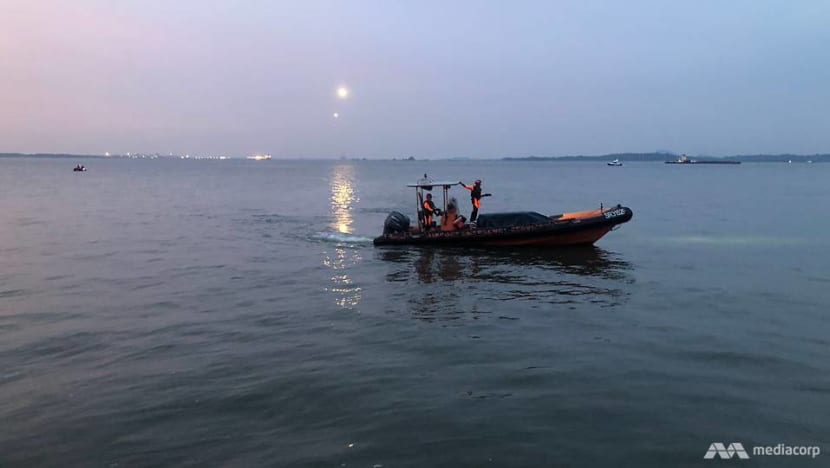
At NTU, we believe if we act boldly and swiftly, if we set aside our political interests in favour of the air that our young people will breathe, and the food they will eat, and the water they will drink, if we think about them and their hopes and dreams, then we will act, and it won’t be too late.
We can leave behind a world that is worthy of our children, where there’s reduced conflict and greater cooperation – a world marked not by human suffering, but by human progress.
Benjamin Horton is Principal Investigator at the Earth Observatory of Singapore and Chair of the Asian School of the Environment at Nanyang Technological University.














